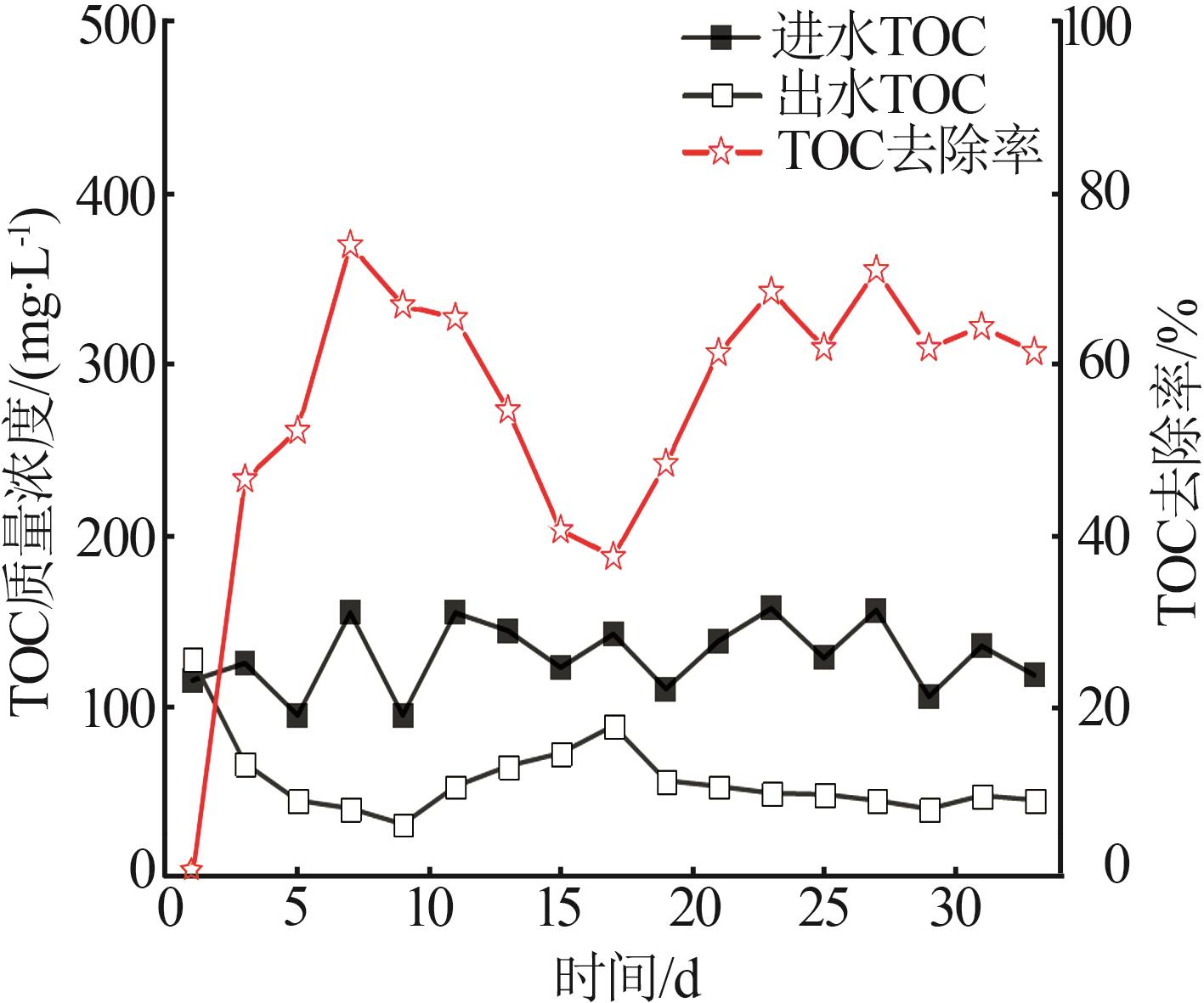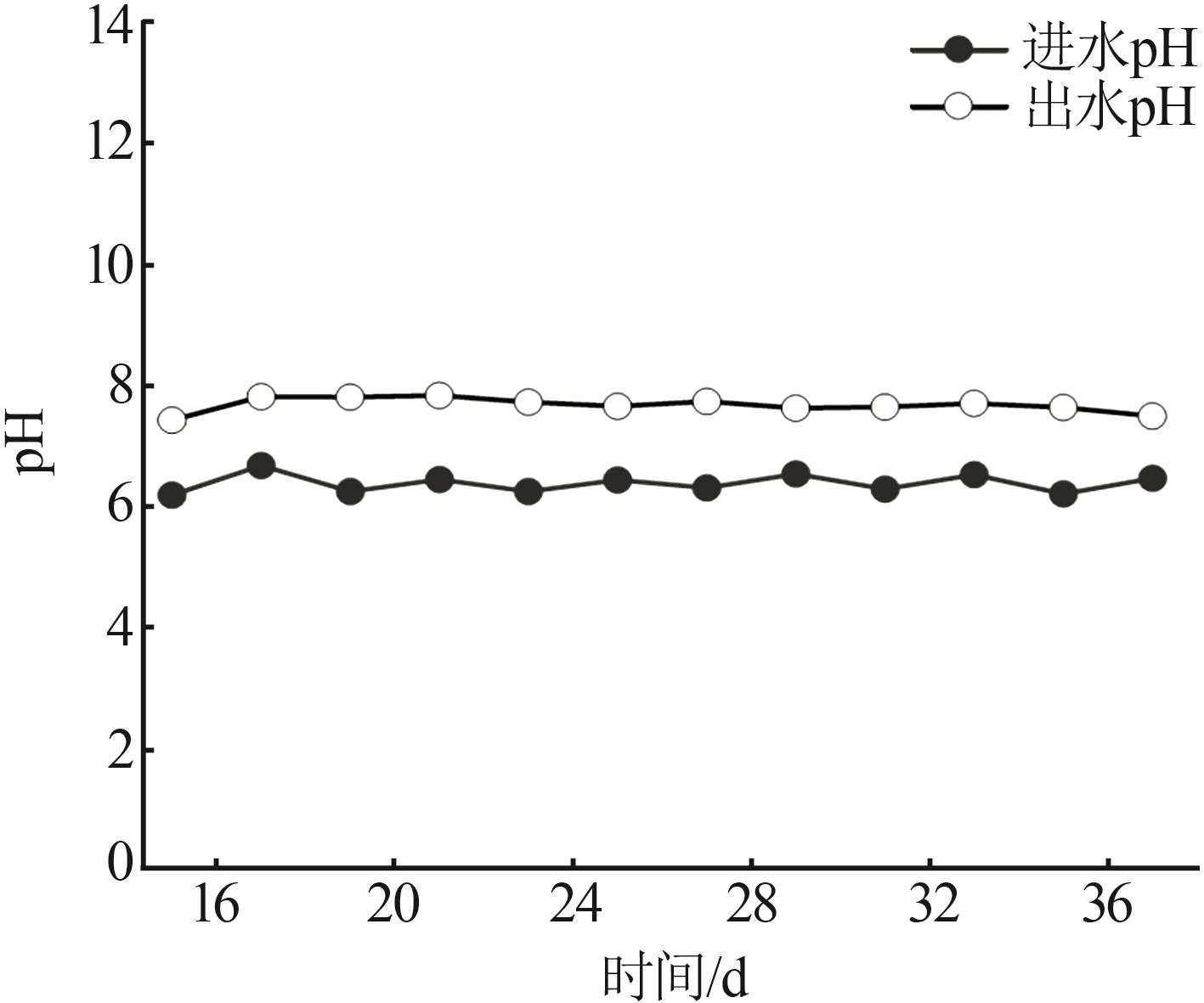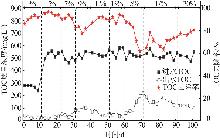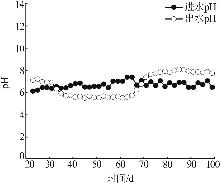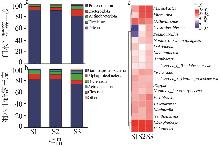| [1] |
胡勇,陈颖莉,李滔.气田开发中“气藏整体治水” 技术理念的形成、发展及理论内涵[J].天然气工业,2022,42(9):10-20.
|
|
HU Yong, CHEN Yingli, LI Tao.The formation development and theoretical connotations of “overall water control of gas reservoir” technology in gas field development[J].Natural Gas Industry,2022,42(9):10-20.
|
| [2] |
李丽,李宇,金艳,等.高硫高硬气田采出水提锂过程关键技术及应用[J].无机盐工业,2023,55(1):74-80.
|
|
LI Li, LI Yu, JIN Yan,et al.Key technology and application of lithium extraction from produced water in high sulfur and high hardness gas fields[J].Inorganic Chemicals Industry,2023,55(1):74-80.
|
| [3] |
HAN Xushen, HUANG Liting, JIN Yan,et al.Bioaugmentation treatment of coal chemical reverse osmosis concentrate in biological contact oxidation system coupled with ozone pretreatment[J].Journal of Cleaner Production,2023,428:139455.
|
| [4] |
COOPER C M, MCCALL J, STOKES S C,et al.Oil and gas produced water reuse:Opportunities,treatment needs,and challeng- es[J].ACS ES&T Engineering,2022,2(3):347-366.
|
| [5] |
谢娟,郭慧颖,张世虎.高含盐甲醇废水的好氧处理研究[J].西安石油大学学报(自然科学版),2015,30(4):103-106,110,10.
|
|
XIE Juan, GUO Huiying, ZHANG Shihu.Study on aerobic treatment of methanol wastewater with high salinity[J].Journal of Xi′an Shiyou University(Natural Science Edition),2015,30(4):103-106,110,10.
|
| [6] |
楼超楠,韩昫身,金艳,等.不同碳源对微生物反硝化性能的影响[J].华东理工大学学报(自然科学版),2023,49(5):660- 669.
|
|
LOU Chaonan, HAN Xushen, JIN Yan,et al.Effect of different carbon sources on microbial denitrification performance[J].Journal of East China University of Science and Technology,2023,49(5):660-669.
|
| [7] |
孙青,刘德华,陈振.甲醇的生物利用与转化[J].中国生物工程杂志,2020,40(10):65-75.
|
|
SUN Qing, LIU Dehua, CHEN Zhen.Research progress of methanol utilization and bioconversion[J].China Biotechnology,2020,40(10):65-75.
|
| [8] |
ANTONIEWICZ M R.Synthetic methylotrophy:Strategies to assimilate methanol for growth and chemicals production[J].Current Opinion in Biotechnology,2019,59:165-174.
|
| [9] |
YUE Jingxue, HAN Xushen, JIN Yan,et al.Potential of direct granulation and organic loading rate tolerance of aerobic granular sludge in ultra-hypersaline environment[J].Environmental Research,2023,228:115831.
|
| [10] |
于建国,韩昫身,金艳.页岩气压裂返排液生物处理技术研究进展[J].石油与天然气化工,2022,51(5):131-138.
|
|
YU Jianguo, HAN Xushen, JIN Yan.Biological treatment of shale gas flowback and produced water:A review[J].Chemical Engineering of Oil & Gas,2022,51(5):131-138.
|
| [11] |
黄莉婷,韩昫身,金艳,等.煤化工反渗透浓水的高效降解菌株筛选、鉴定及应用研究[J].化工学报,2021,72(9):4881-4891.
|
|
HUANG Liting, HAN Xushen, JIN Yan,et al.Isolation,identification and application of highly efficient halotolerant strains for coal chemical reverse osmosis concentrate treatment[J].CIESC Journal,2021,72(9):4881-4891.
|
| [12] |
ABUJAYYAB M A, HAMOUDA M, HASSAN A ALY.Biological treatment of produced water:A comprehensive review and metadata analysis[J].Journal of Petroleum Science and Engineering,2022,209:109914.
|
| [13] |
YAN Zixuan, HAN Xushen, WANG Haodi,et al.Influence of aeration modes and DO on simultaneous nitrification and denitrification in treatment of hypersaline high-strength nitrogen wastewater using sequencing batch biofilm reactor(SBBR)[J].Journal of Environmental Management,2024,359:121075.
|
| [14] |
WANG Jiale, ZHOU Jian, WANG Yingmu,et al.Efficient nitrogen removal in a modified sequencing batch biofilm reactor treating hypersaline mustard tuber wastewater:The potential multiple pathways and key microorganisms[J].Water Research,2020,177:115734.
|
| [15] |
LIU Shihu, LIN Ziyuan, ZHOU Jiong,et al.Effect of temperature downshifts on performance and microbial community structure on pilot-scale sequencing batch biofilm reactors treating hypersaline wastewater[J].Nature Environment and Pollution Technology,2021,20(1):341-347.
|
| [16] |
国家环境保护总局《水和废水监测分析方法》编委会.水和废水监测分析方法[M].4版.北京:中国环境科学出版社,2002:210-216.
|
| [17] |
TAN Xu, ACQUAH I, LIU Hanzhe,et al.A critical review on saline wastewater treatment by membrane bioreactor(MBR) from a microbial perspective[J].Chemosphere,2019,220:1150-1162.
|
| [18] |
YUE Jingxue, HAN Xushen, JIN Yan,et al.Performance and bacterial characteristics of aerobic granular sludge in treatment of ultra-hypersaline mustard tuber wastewater[J].Fermentation,2023,9(3):224.
|
| [19] |
YAN Bozhi, JIANG Lijia, ZHOU Hanghai,et al.Performance and microbial community analysis of combined bioreactors in treating high-salinity hydraulic fracturing flowback and produced water[J].Bioresource Technology,2023,386:129469.
|
| [20] |
ZHOU Zhichao, LIU Yang, PAN Jie,et al.Gammaproteobacteria mediating utilization of methyl-,sulfur- and petroleum organic compounds in deep ocean hydrothermal plumes[J].The ISME Journal,2020,14(12):3136-3148.
|
| [21] |
ZHOU Hanghai, CHEN Chunlei, ZHOU Shaoxiong,et al.Performance and microbial community analysis of a bio-contact oxidation reactor during the treatment of low-COD and high-salinity oilfield produced water[J].Bioresource Technology,2021,335:125267.
|
 ), HAN Xushen1,2(
), HAN Xushen1,2( ), JIN Yan1, YU Jianguo1,2
), JIN Yan1, YU Jianguo1,2

